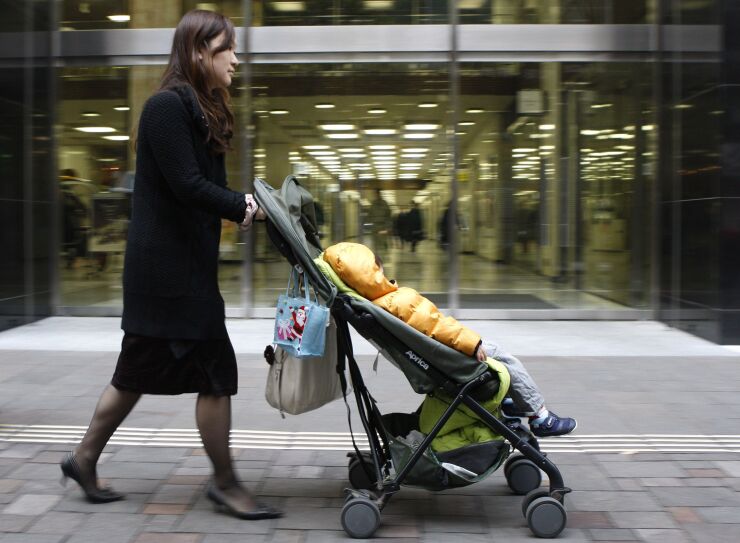In today’s tight labor market working parents are experiencing a unique pressure. There is a dearth of availability of high-quality childcare that affords them the hours of coverage needed for demanding professional careers.
While this is something that should concern employers as a matter of right and wrong, what is most shocking is that more employers aren’t doing more because of the impact on their bottom lines. The facts don’t lie: 50% of full-time employed women never return to work after giving birth to their first child.
For those parents who do return, they miss an average of 24 full and partial days of work per year due to breakdowns in childcare costs, experiencing greater anxiety and distraction, and are willingly pass up on meaningful career opportunities. In our recent New York Metro Child Care Accessibility Report of parents who returned to work, 58% pursued more flexible work options, 62% avoided all business travel to accommodate childcare realities and 27% changed careers or jobs entirely.
The reasons behind these startling numbers are fairly intuitive: cost, quality and availability. For many parents, they do the simple math of how much they spend after taxes on childcare versus income, and if there isn’t a meaningful difference, they simply drop out of the workforce.
For those who do choose to return and pay exorbitant prices for childcare (be it center-based, home-based or nannies), they’re faced with the equally bleak task of navigating a landscape ill attuned to today’s working parents’ needs. For example, a typical daycare center or preschool has hours that run from 9 a.m. to 3 p.m. or perhaps 4 p.m., which means that working parent either needs to leave work early every day or find another caregiver to pick their children up. Simply put: when it comes down to a decision between careers and families, families will always win.
Yet by the most optimistic measures, only 7% of companies offer any type of childcare relief to their employees, despite the fact it’s shown to be an effective recruiting, retention and productivity tool for working parents — reducing turnover by 35-60%, improving recruiting by 80% and reducing absenteeism by 20-30%, while increasing productivity for 85% of parents.
So why don’t employers provide childcare despite the clear need and demonstrated upside? There are several key myths worth dispelling.
“We cannot afford to build a center on site for our people.” Childcare has historically only been available to Fortune 100 companies with campuses and the wherewithal to commit significant resources to outsourced childcare providers. Today, the landscape has changed, and childcare is more available to employers of all sizes.
“It’s too expensive to provide childcare.” By our calculations, the return on investment of providing childcare is more than 30 times on an annual basis from the measurable impact of recruiting, retention and productivity. Aside from the cultural and publicity upside of providing meaningful benefits to employees who commit their lives to your organization. The federal government, as well as some states, provide robust subsidies available exclusively to employers, regardless of their size; potentially cutting the cost of childcare.
“What about insurance?” This is a particularly uncreative and poor excuse for avoiding childcare benefits. Yes, in the unfortunate circumstance a child is hurt or abused, an employer would be well served to be protected. Yet, insurance is perhaps the most affordable component of the operating stack (about $300 per child per year) of a childcare center, covering all incidents of neglect or abuse. Any well-run center will add an employer as additional insured and indemnify them of any associated losses.
“Our employees who don’t have children will be upset and want something themselves.” For the vast majority of organizations and employees, employees want to work with colleagues who are happy, productive and present. Providing childcare is the single most effective way to ensure that for everyone. Most parents either manage other employees or report to other managers. At most of our partners, we’ve seen and experienced a boost in morale, productivity and cultural pride. So, as a result of providing perks for working parents, there is greater cohesion among employees as a whole.






